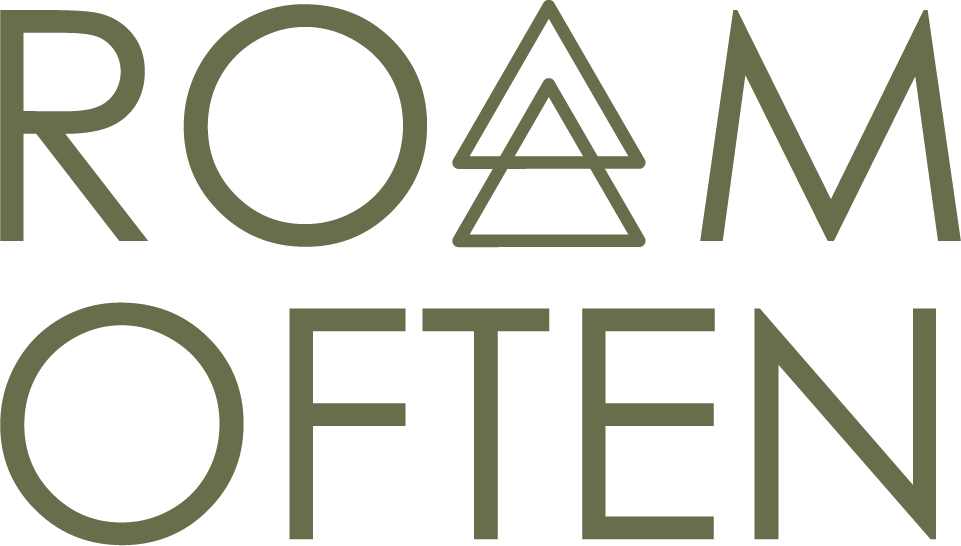Sections
Why Branding Matters [With Client Example]
Why do you crave Coca-Cola on really hot summer days? Why do cuddly, loveable Polar Bears come to mind when you think of their soda bottle? Why does Coke give you an overall feeling of family and tons of warm-fuzzies all around? That’s branding, baby!
Branding is your name, logo, and design. BUT it’s more than just that. Great branding:
- Clearly sets you apart from your competition and makes you a force to be reckoned with in your space.
- Evokes a feeling from your customers and connects them to your brand.
- Tells everyone what your brand is about, whether it’s your mission, your story, your values, etc.
So how do you create “great branding”?
Start with your customers. Who are they? What do they like? What do they dislike? Where do they hang out? Develop a full customer profile and truly understand who your brand needs to resonate with.
Also, take a peek at your main competitors. What does their branding look like? How does it make you feel? Read their reviews or client testimonials to understand how customers/clients are interacting with their brand. This will give you insight into how you can differ and spark ideas for your branding.
Roam Often, a start-up travel lifestyle brand that sells jewelry travel cases, approached the YMP team with the task of creating and developing their branding. They needed a logo, color palette, font, imagery and overall feel for their brand.
Their future customers were described as travelers – those with a soul of wanderlust and a strong sense of fashion. They were booking flights, traveling the globe, and posting cute photos on Instagram.
With that customer profile, we were able to build a logo that spoke to this audience:

It’s simple and modern with a tribal flare that’s very popular with targeted demographic. The two triangles represent trees, mountains, and, even earrings! Bringing both worlds together – style and fashion.
Logo = Check, what comes next?
Once you’ve created the logo, the other pieces of branding come into place. You will then need to decide on:
- Colors. What is the feeling your brand wants to evoke? Different colors represent different emotions. Here is a great guide to colors and emotions.
- Fonts. Typography is a whole art form in and of itself. Font can definitely evoke an emotion. Just one tip from a marketer’s standpoint, pick a font that is easy to read. A beautiful font doesn’t mean anything if others can’t read what you’re selling. Choose a font for headlines, secondary headlines, and paragraphs.
- Imagery. What types of images will represent your brand? Use stock imagery to get some ideas. Think about what types of images resonate with your ideal customer. You can start with what you don’t want to represent your brand. We hear these from clients quite a bit – we don’t like “what our competitor is doing”, “we don’t want too-smiley fake images like this”, etc. That’s a good starting point to brainstorm and pivot away from the “don’ts”.
Putting it altogether
Once you got each of the design elements outlined, it’s time to put it together into a Branding Document. A branding document outlines all the elements of your brand so that everyone internally and externally can be consistent.
You should be able to pass over your branding document to web developers, graphic designers, marketers, agencies, etc. and have them “stay within brand.” To include in your branding document:
- Contact info: Name and Email of Person to Contact for any Brand questions and/or approval, Company address, Social Media Handles of the Company, and Date Last Modified (if it’s being updated frequently).
- Logo with any special instructions: such as the only colors your logo can appear in, how it should look on dark and white backgrounds, and any special spacing around the logo. Also, include your logo symbol.
- Typography: Outline which fonts are used for your headlines, secondary headlines, and paragraph. Also, important to include which styles (Bold, regular, etc) and any unique spacing or weights.
- Colors: Include all the colors of your brand here. You can outline which ones are the primary versus secondary or highlight colors. Write down the color codes in CMYK, HSB, RGB, and Web.
- Imagery: Include examples of imagery that fits the brand with any specific guidelines. Also, include any iconography here.

This is your branding document, so feel free to add in even more guidelines for your brand. If you feel like you are constantly telling your internal team or agencies a specific correction, like no emojis in ad collateral, then add that to the brand document.
Once your branding document is complete, you’re ready to get your brand out there and start marketing!
Struggling to develop a “great brand”? Contact us! We can help you build a strong brand that will resonate with your target audience!

![Why Branding Matters So Much [With Client Example]](https://yourmarketingpeople.com/wp-content/uploads/2020/01/branding-marketing.jpg)





